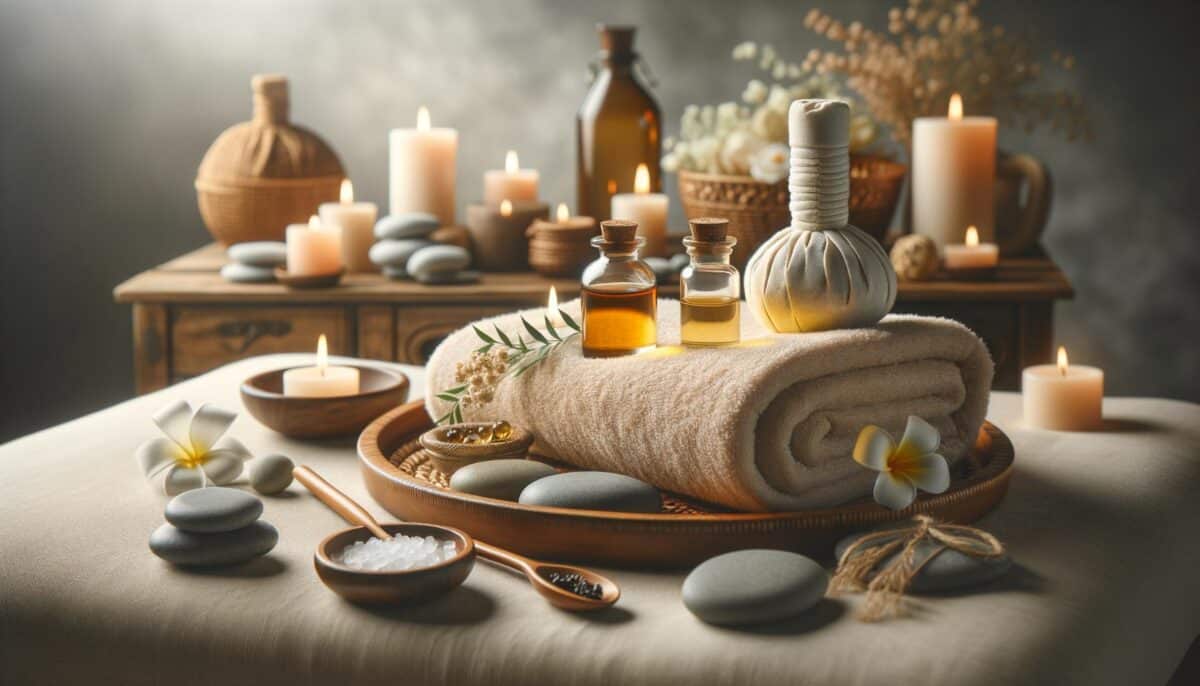The Historical Roots of Massage Therapy
Massage has a rich history that dates back thousands of years, with records indicating its practice in numerous ancient civilizations. From the bustling streets of ancient China to the serene temples of India and the majestic landscapes of Egypt, massage therapy has played a vital role in health and wellness practices. Historically, it was believed to harmonize the body’s energies, promoting balance and healing.
The techniques varied across cultures, with each region developing distinct methods that catered to its philosophical beliefs and medicinal practices. In China, massage was intertwined with acupuncture and herbal medicine, forming a cornerstone of Traditional Chinese Medicine. In India, it was integral to Ayurveda, focusing on the balance of doshas through medicinal oils and touch. Egypt, too, left evidence of its massage rituals in tomb paintings, portraying the importance of physical touch in their holistic healing practices.
The diversity of these ancient techniques has greatly influenced modern massage therapy, with many contemporary practices borrowing from these time-tested methods.
Benefits of Massage Therapy for Health
Massage is more than just a luxury; it’s a wellness practice with numerous health benefits. Regular massage sessions can lead to both short- and long-term improvements in physical and emotional well-being. Here are some of the notable benefits:
- Enhanced relaxation: Massage stimulates parasympathetic nervous system, counteracting stress responses.
- Improved circulation: It aids in circulating blood more efficiently, aiding in recovery and detoxification.
- Pain relief: Eases muscle tension, stiffness, and chronic pain through increased blood flow and tissue flexibility.
- Boosted immunity: Research suggests that regular massage can strengthen the body’s natural defenses.
- Mental clarity: By reducing stress hormones, massage can improve mood and alleviate symptoms of anxiety and depression.
The holistic nature of massage allows individuals to experience a profound sense of well-being, both mentally and physically, contributing to a healthier lifestyle.
Different Types of Massage Techniques
There is a wide array of massage techniques, each offering unique benefits. Choosing the right one depends on personal needs and health goals. Here are some widely practiced types:
- Swedish Massage: Known for its gentle and relaxing strokes, ideal for stress relief and overall relaxation.
- Deep Tissue Massage: Targets deeper muscle layers, perfect for chronic pain and tight areas.
- Thai Massage: An invigorating practice combining stretches and pressure points to improve flexibility and vitality.
- Reflexology: Focuses on pressure points in feet, hands, and ears, believed to relate to other body parts.
- Hot Stone Massage: Uses heated stones to promote deep muscle relaxation and improve circulation.
Each type of massage technique offers distinct advantages, so consulting with a certified therapist can help tailor the perfect massage experience to fit one’s individual needs.
Incorporating Massage into a Wellness Routine
Integrating massage into a regular wellness routine can be a transformative experience. It’s vital to recognize massage not just as a sporadic treat but as a critical component of maintaining and enhancing health.
To reap the maximum benefits, consider these tips:
- Consistency is key: Regular sessions, whether weekly, bi-weekly, or monthly, can significantly enhance cumulative benefits.
- Personalized approach: Collaborate with practitioners to craft a customized massage plan that aligns with personal health objectives.
- Complementary practices: Pair massage with other wellness activities like yoga, meditation, or regular exercise for holistic benefits.
By making massage a staple in one’s health routine, it supports an ongoing commitment to self-care and personal well-being.
Choosing the Right Massage Therapist
Finding a skilled and professional massage therapist is crucial for a satisfying and effective experience. Consider the following when selecting a therapist:
- Qualifications and certification: Ensure the therapist is certified by a reputable institution.
- Specialization: Some therapists focus on specific types, such as sports or prenatal massage.
- Reviews and recommendations: Personal testimonials or online reviews can provide insights into the therapist’s reputation and service quality.
- Comfort level: It’s important to feel at ease with the therapist, as a comfortable environment fosters effective treatment.
Investing time in finding the right massage therapist will lead to more fulfilling sessions and significant improvements in health.
Conclusion: The Path to a Tranquil Life
Massage therapy offers numerous benefits beyond simple relaxation. By understanding its historical significance, health benefits, and the variety of available techniques, individuals can better integrate massage into their wellness routines. A thoughtful approach to choosing the right type and therapist can lead to an enriched quality of life. Incorporating regular massage sessions as part of personal care empowers individuals to cultivate a balanced, healthier, and more serene life.
